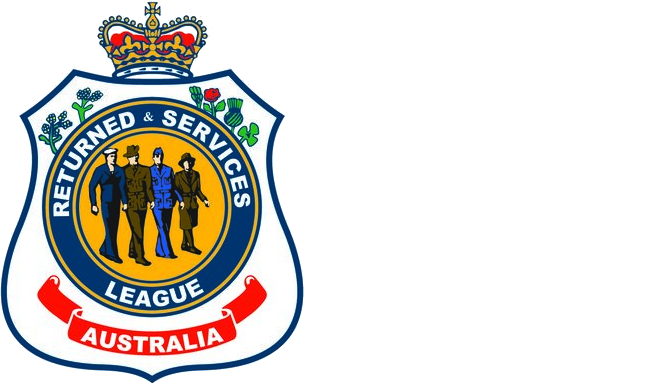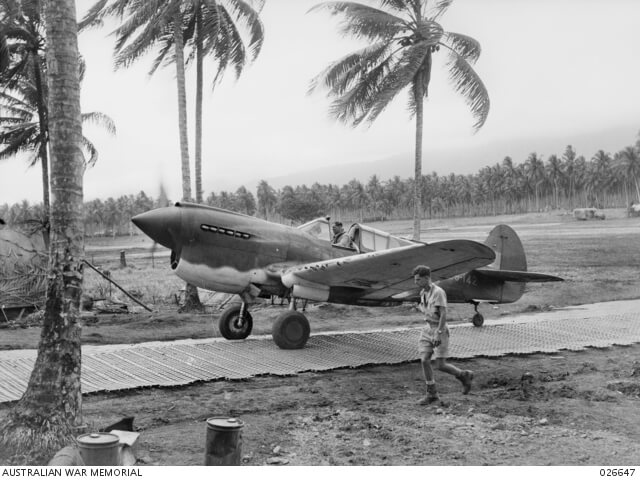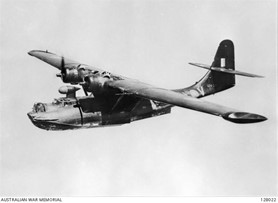RAAF in Pacific
Air War South West Pacific 1941 to 1945
The RAAF campaign in the south-west Pacific began on the day that Japan attacked Pearl Harbour and entered the war. The RAAF like the rest of the military, was wrong-footed and had precious few squadrons scattered throughout the island archipelagos to the north.
Most of the enlisted and training strength of the RAAF was either fighting in Europe or the Mediterranean or part of the Empire Air Training Scheme preparing for those campaigns.
The few RAAF Squadrons, mainly operating Lockeed Hudson patrol bombers in Malaya were the first to face the Japanese onslaught:
- 1 Squadron Hudsons, sank two Japanese transport ships off Kota Baru as the invasion fleet arrived in the early hours of 7 December 1941 and then were driven south as Japanese air supremacy was quickly imposed.
- 2 Squadron Hudsons, were harried across the Indonesian archipeligo.
- 24 Squadron Hudsons were forced to flee Rabaul in the face of a Japanese carrier task force that had attacked Pearl Harbour.
- 453 Squadron equipped with obsolete Brewster Buffalo fighters was shot out of the sky or destroyed on the ground.
- Catalina Flying Boats began extracting key personnel and anyone who could fit on them for the slow and hazardous journey home.
With a host of aircrew training units and the associated support and logisitics units in place, Australia was well placed to generate aircrews. What was lacking was aircraft that could take on the Japanese with better than a faint hope of survival.
Desperate requests were relayed to the British and Americans to supply aircraft. The Allies agreed the main effort would go to the European Theatre first so in the immediate term, the RAAF went to war with what it had - which was not much.
The RAAF gained some initial respite with consignments of aircraft intended for the Dutch colony in modern day Indonesia, diverted instead to Australia as the Dutch defences collapsed. Included among these were modern Douglas A20 Boston light bombers, North American B-25 Mitchell medium bombers, Curtiss P40 Kittyhawks which were to become the mainstay of the RAAF Pacific fighter force, and small numbers of Bell P39 Airacobra aircraft and Consolidated PBY Catalina flying boats.
Arrangements were made to build aircraft locally; the Bristol Beaufort patrol bomber, and later its very lethal derivative, the Bristol Beaufighter strike aircraft and just before war's end the superb deHavilland Mosquito fighter bomber.
In the absence of any more fighters on the horizon, the Commonwealth Aircraft Corporation (CAC) undertook to design and build the Boomerang fighter, based on the training/light bomber Wirraway. The CAC succeeded getting a prototype in the air in the ridiculously short time frame of ten weeks. Although never a match for the Japanese Zero the Boomerang did go on to provide excellent service as a ground attack and Army Cooperation aircraft.
Later Britain supplied the short-ranged interceptor Tropical Spitfires (fitted with Volkes chin air filters). These had limited endurance, reduced performance in the hot temperatures and were less suitable on rough landing grounds. The Kittyhawk, with lesser peak performance but more suited to the conditions were the undisputed mainstay of the single engine fighter wings.
A small detachment of the RAAF's Sunderland force was sent out to Australia. It was the very long-range (over 4,8000 km) Consolidated PBY Catalina twin-engine flying boat that gave the RAAF reach in to Japanese held waters with the night time 'Black Cats' conducting mining operations, and other aircraft providing Air-Sea Rescue capability.
From 1944 RAAF aircrews began long range bombing operations with the US Consolidated B24 Liberator and some North American B25Medium Bombers based out of northern Australia flying across the Dutch East Indies.
By the end of the war, the RAAF with elements spread across Britain and the SW Pacific, was the fourth largest air force in the world before the scrapper's torch was taken to its vast fleet of aircraft in very short order.


